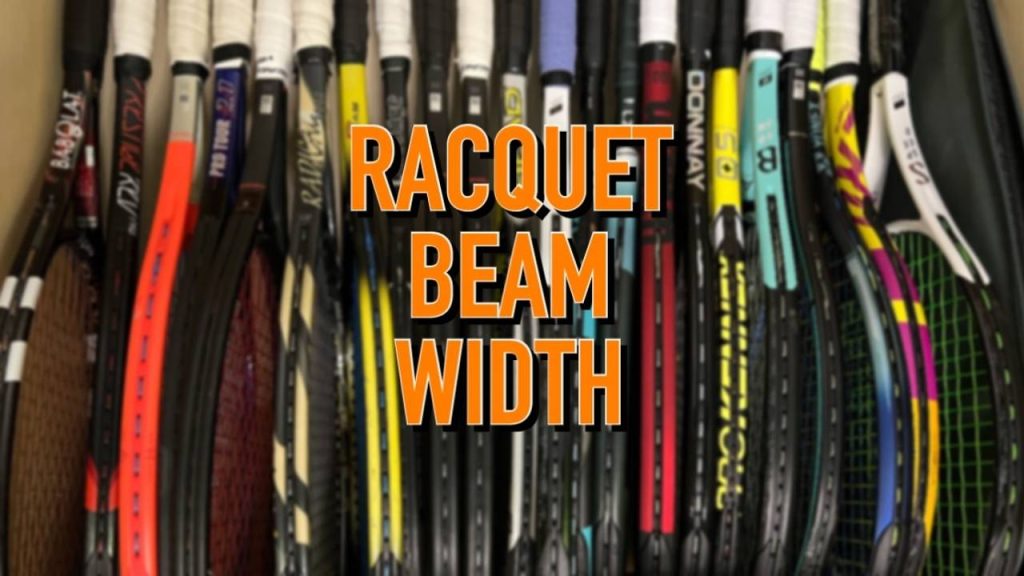The racquet beam width and the beam design (also called cross-section) of the racquet affect many things.
Thicker beams generally mean stiffer racquets, which makes the racquet more powerful. A thinner beam, however, can offer a better feel (depending on if you enjoy the racquet flexing or not) and move faster through the air. This is usually a personal preference. Thicker and stiffer beam racquets (24 mm or thicker) usually give the player more forgiveness and power but less comfort and control. The comfort question can be somewhat debated; some players have issues with flexible racquets and some with stiffer ones. I think it most often boils down to technique, hitting the ball late and not in the sweet spot, etc.
Racquets can have constant beams, box beams (the beam looks like a box, the most famous being the Pro Staff 85) or tapered beams. A tapered beam means that the thickness of the beam is different in different sections of the racquet.
Thinner beams = 19-22 mm
Thicker beams = 24-27 mm
Thinner beam: More control, comfort and feel
Thicker beam: More power and stability, less comfort and control
The Wilson Clash racquets are rare examples of thick-beamed, remarkably flexible and arm-friendly racquets. You can watch the video review of the Wilson Clash V2 and many other racquets on the Tennisnerd YouTube channel.
So what type of racquet beam should you choose?
You need to play around and test a few different racquet to understand if you prefer a thinner or thicker beam. Most players need help from the racquet and in that case, you will most likely choose a racquet with a beam thicker than 23 mm. But some players simply prefer the feel and control of thinner-beam racquets and then that will be your choice. A classic line of thin-beam racquets is the Prince Phantom.

